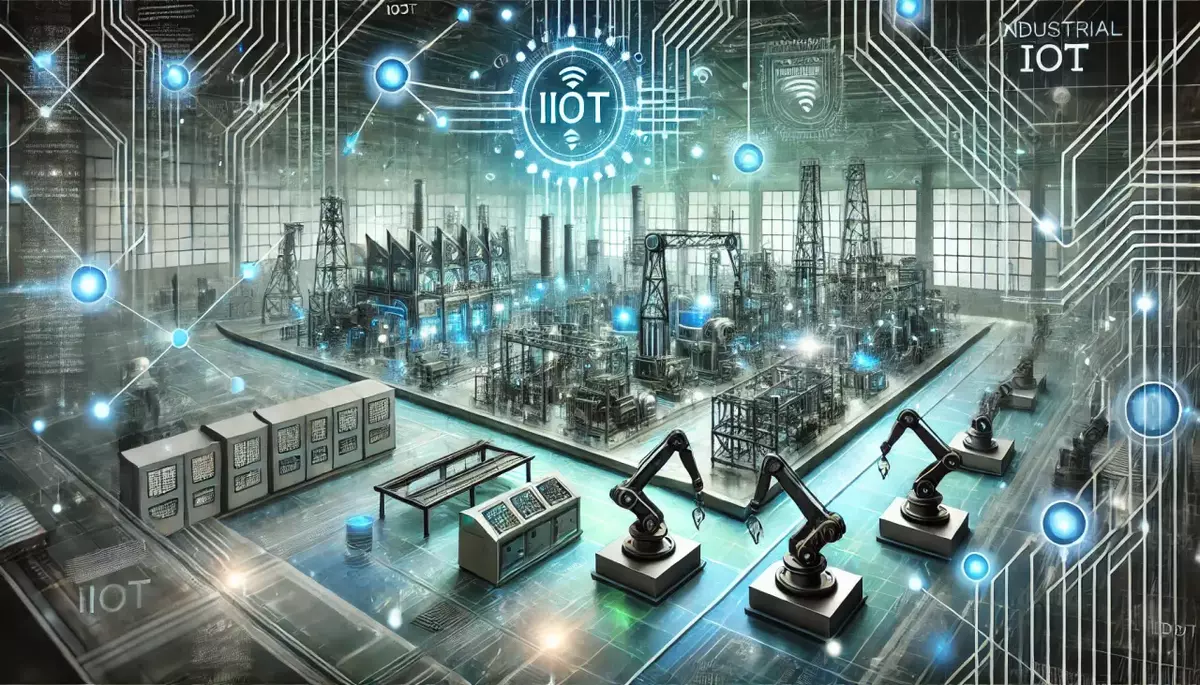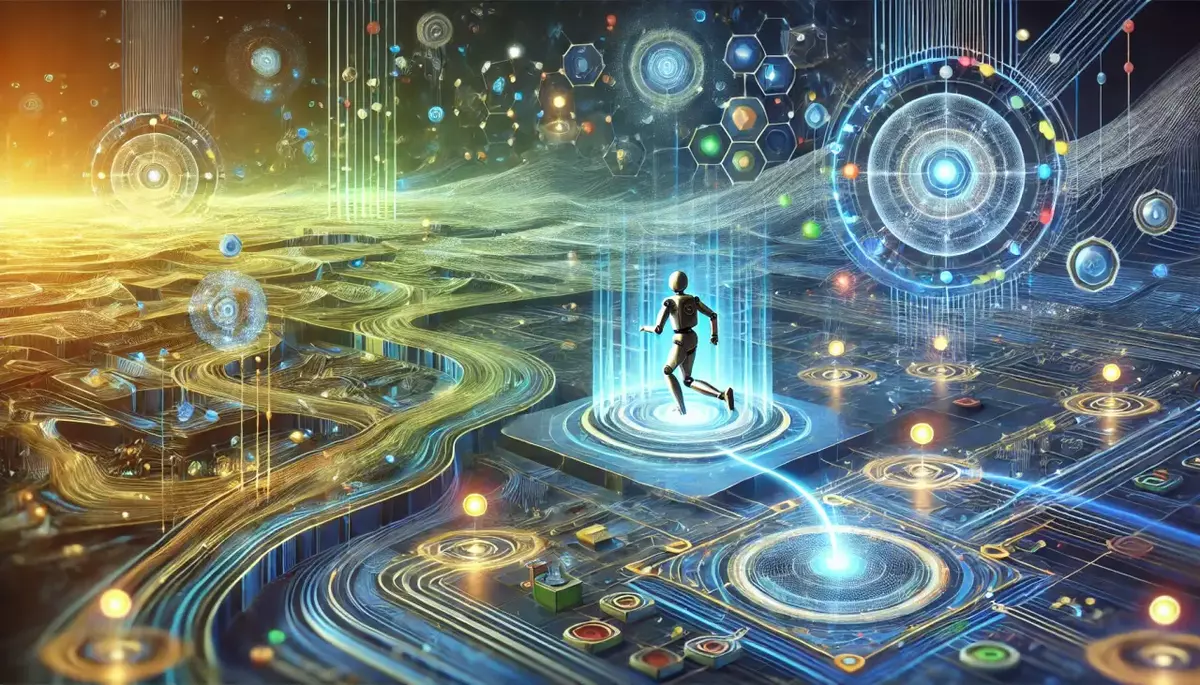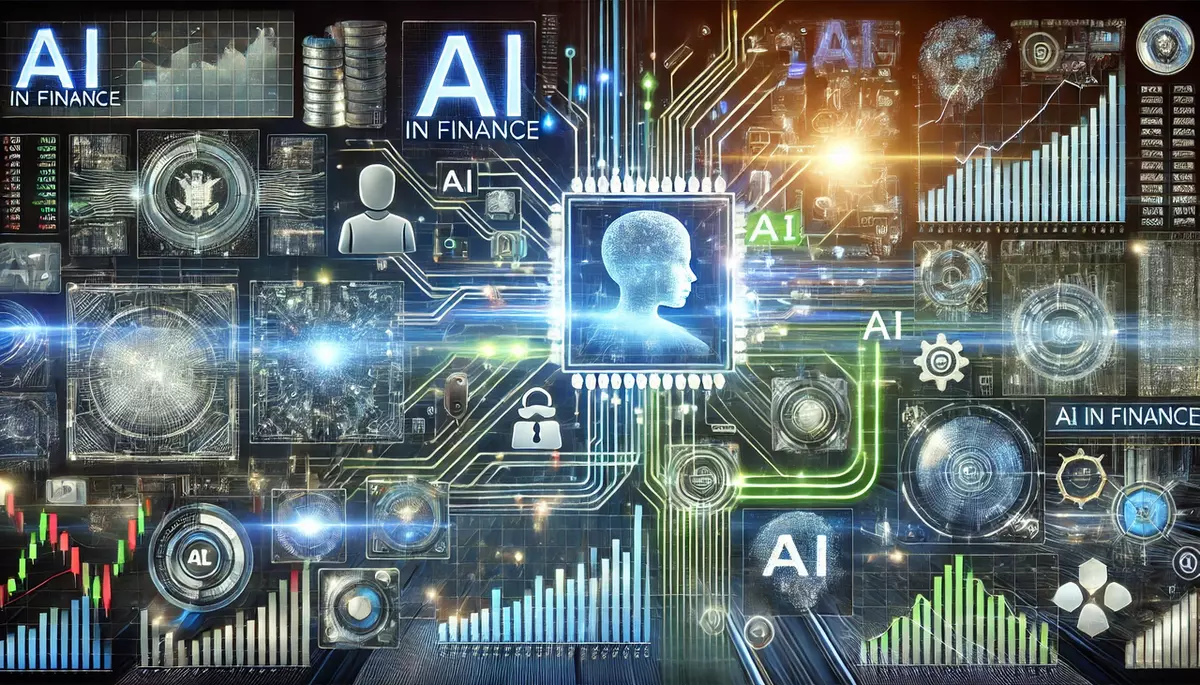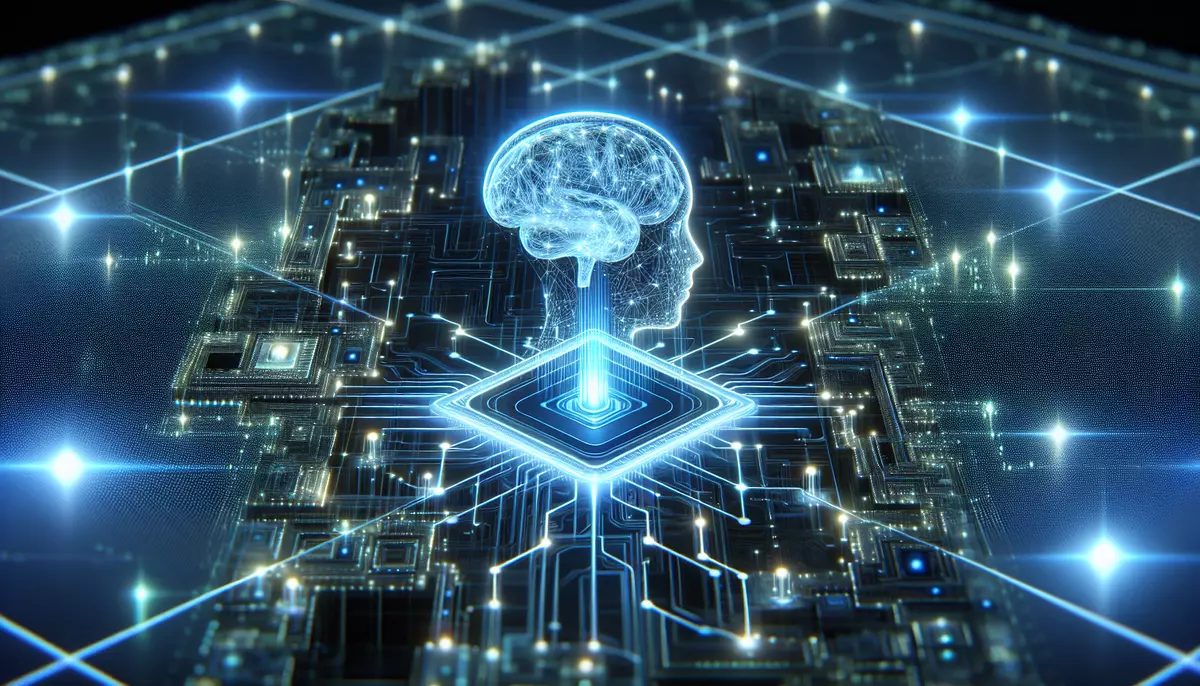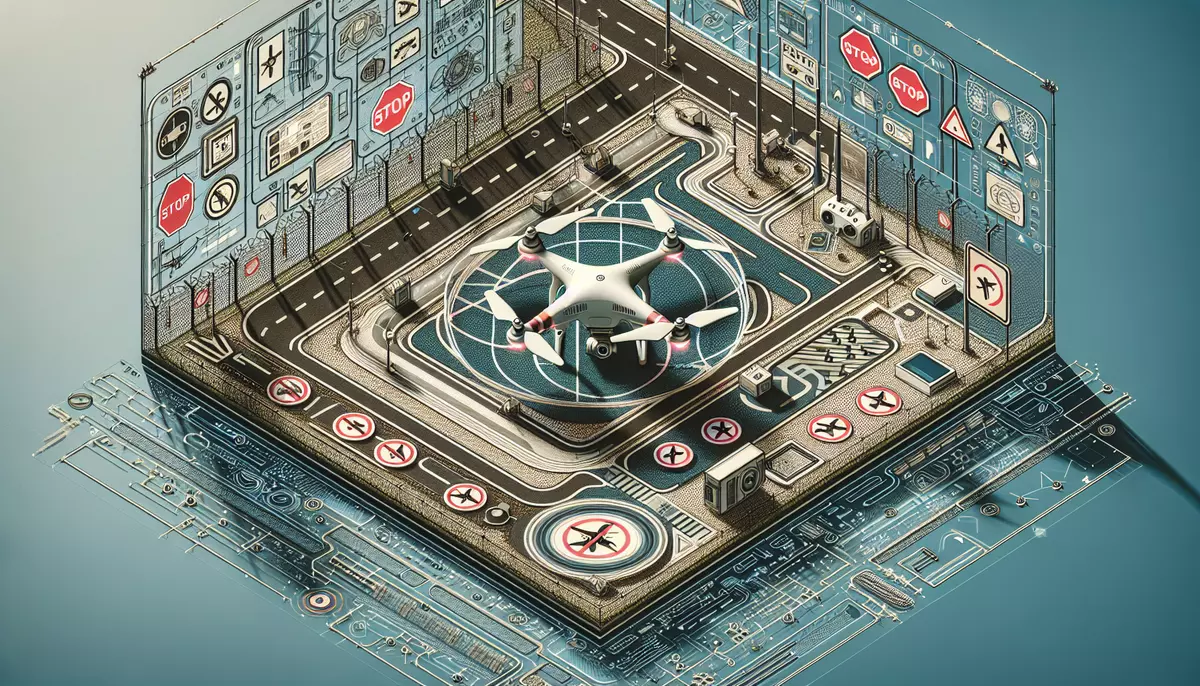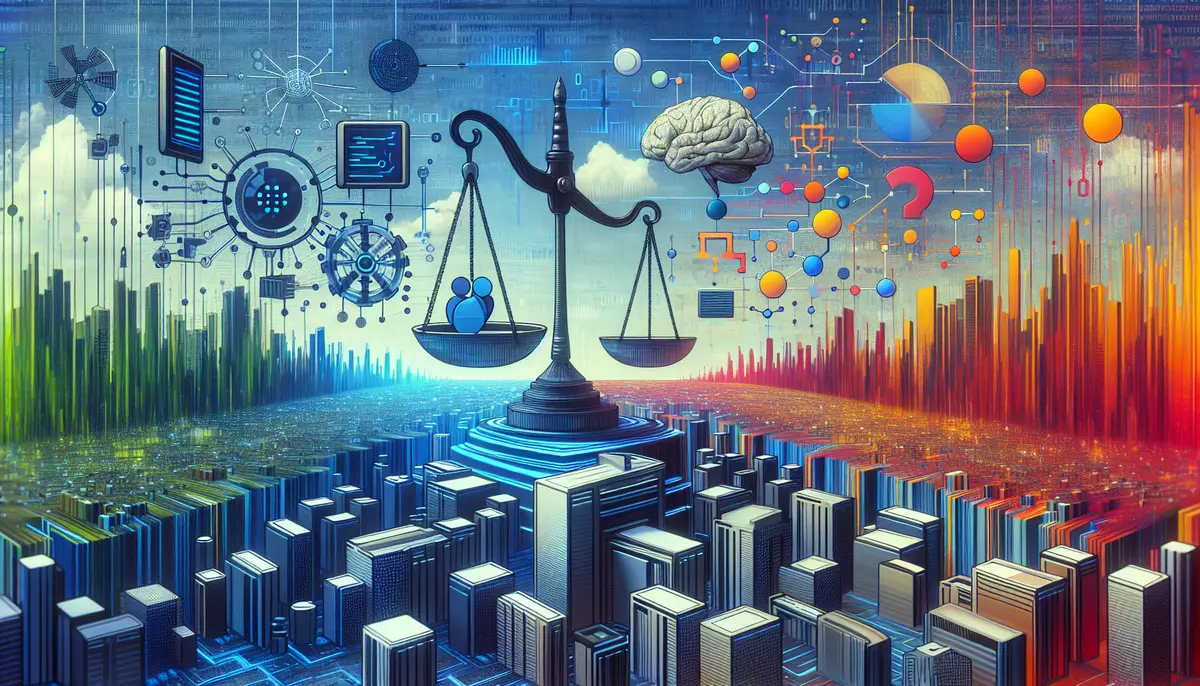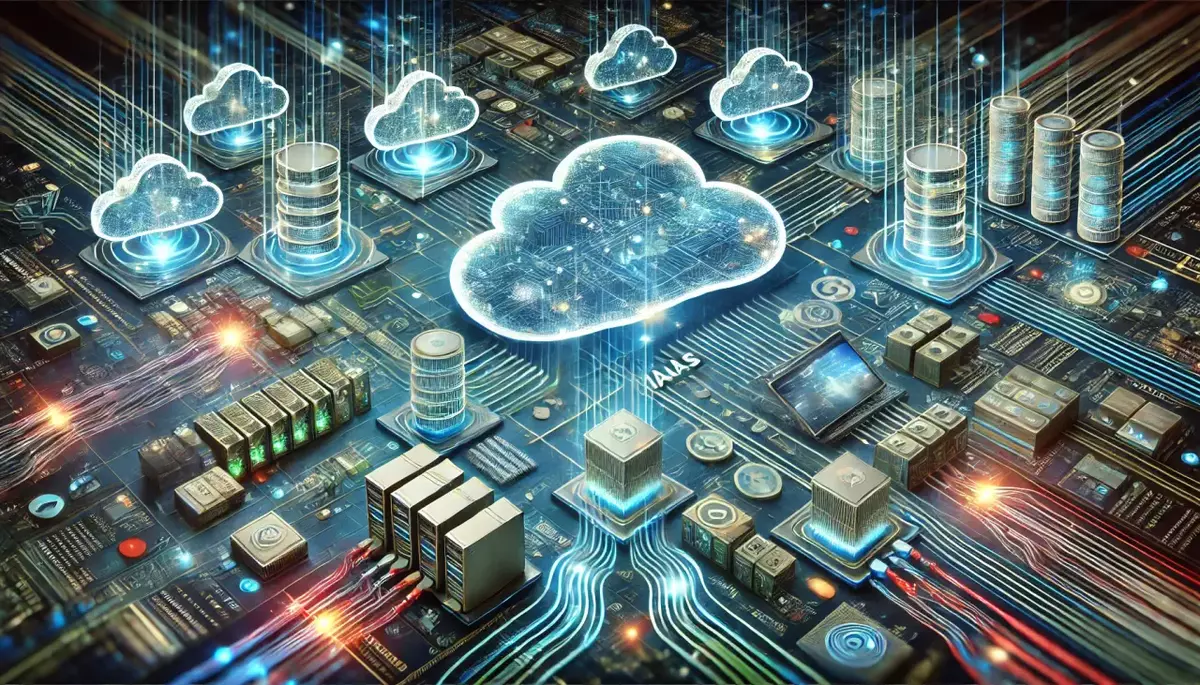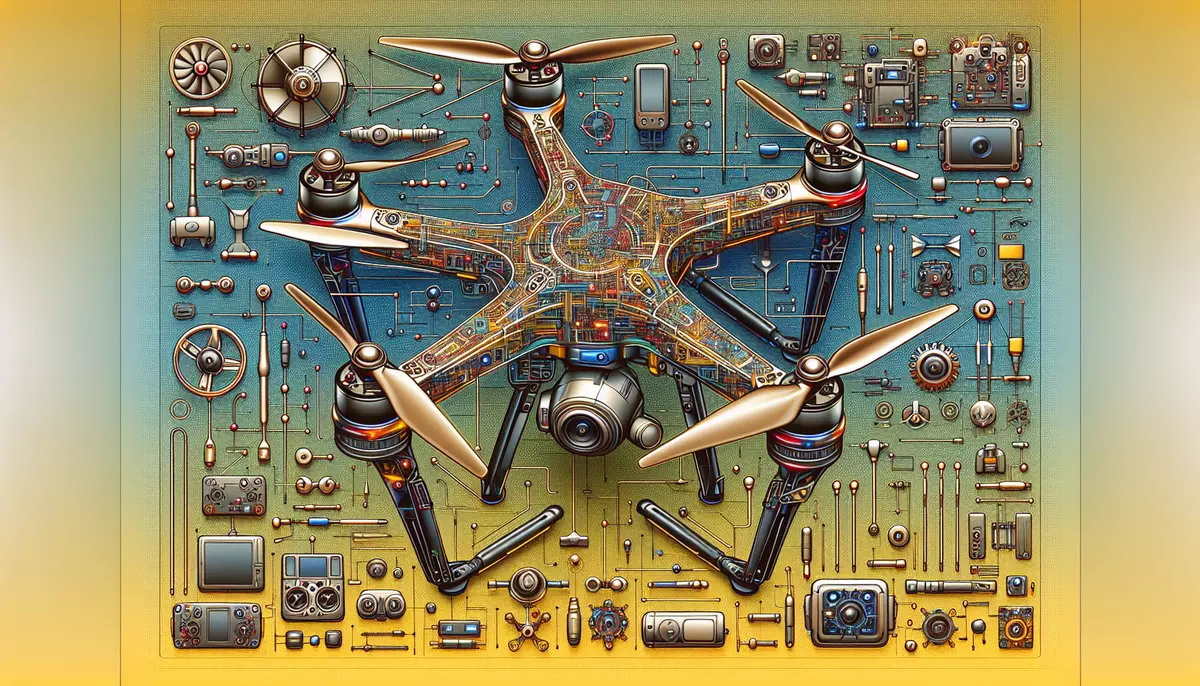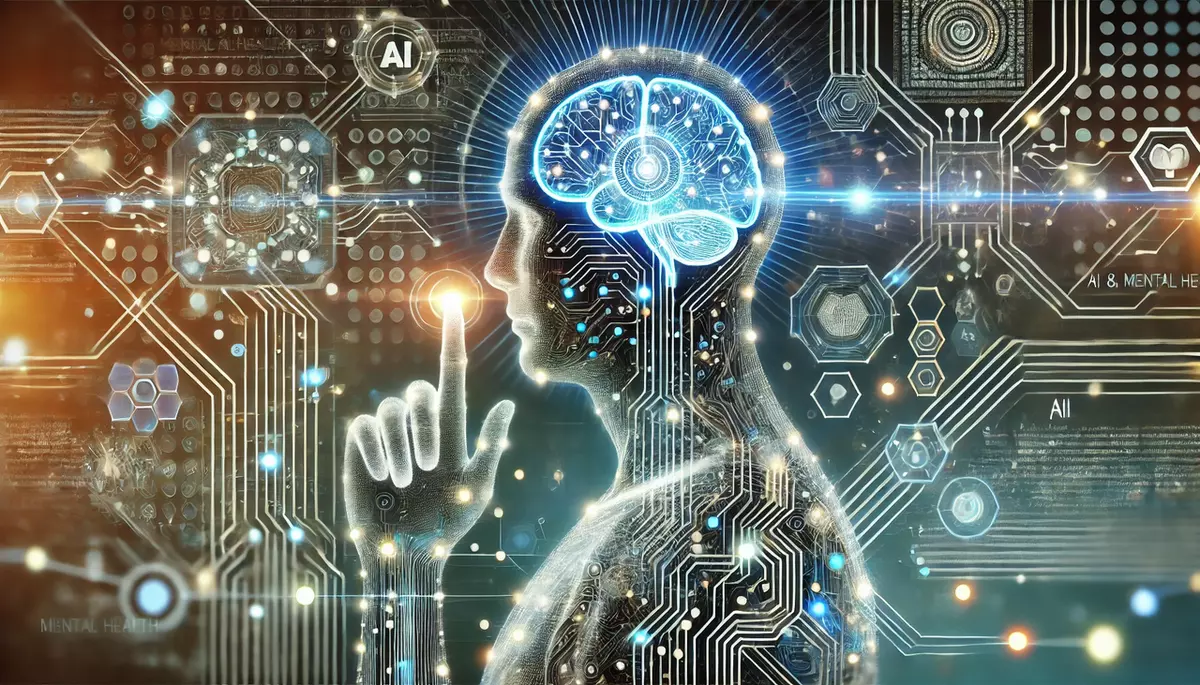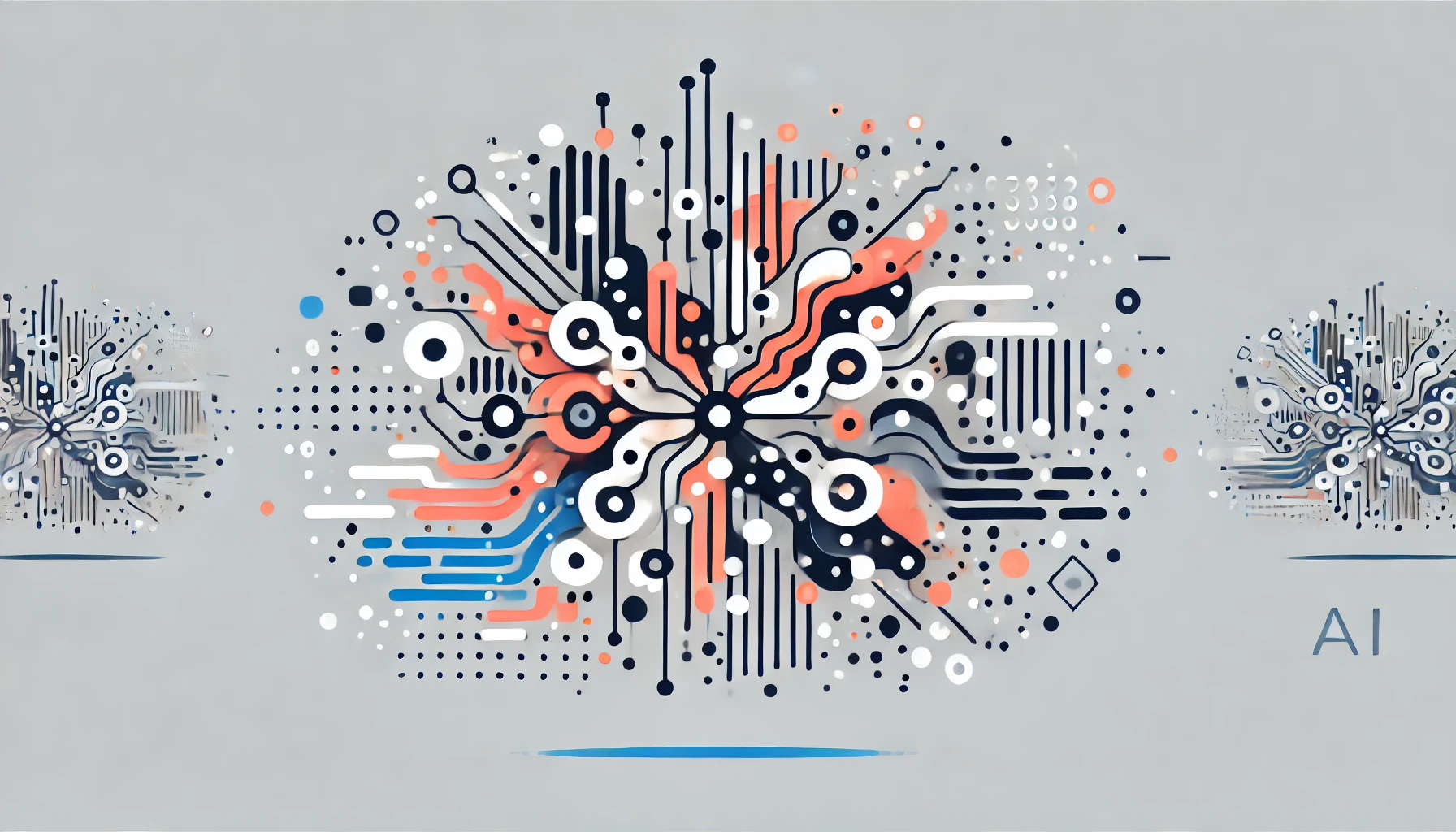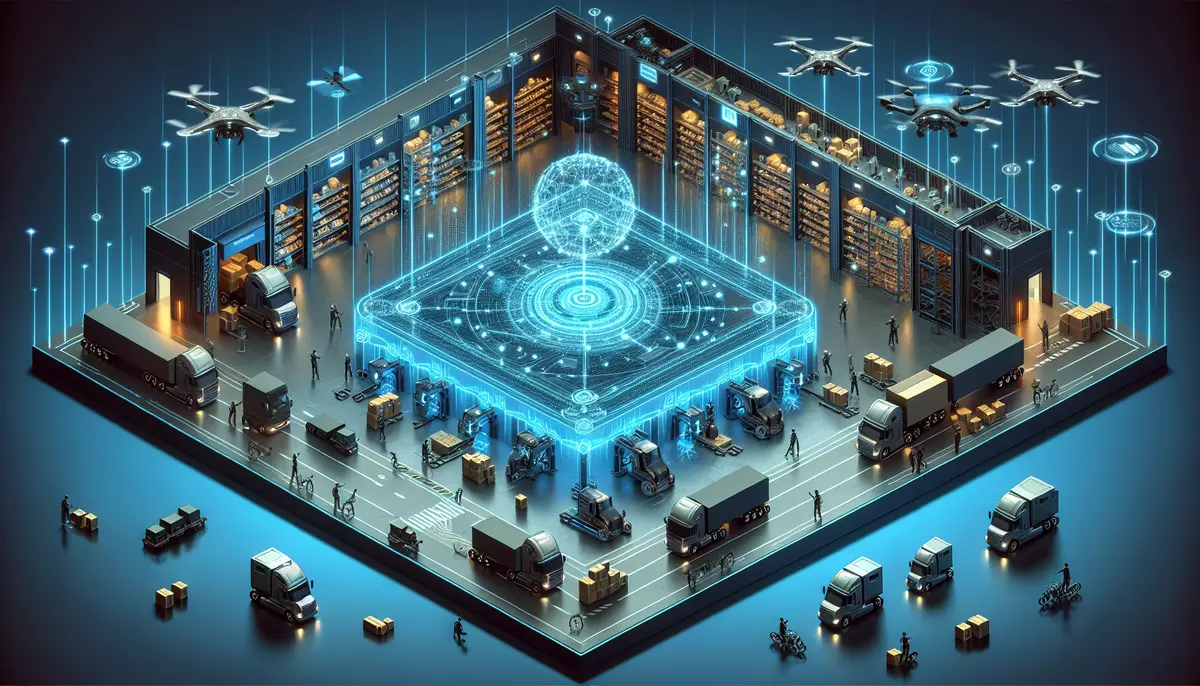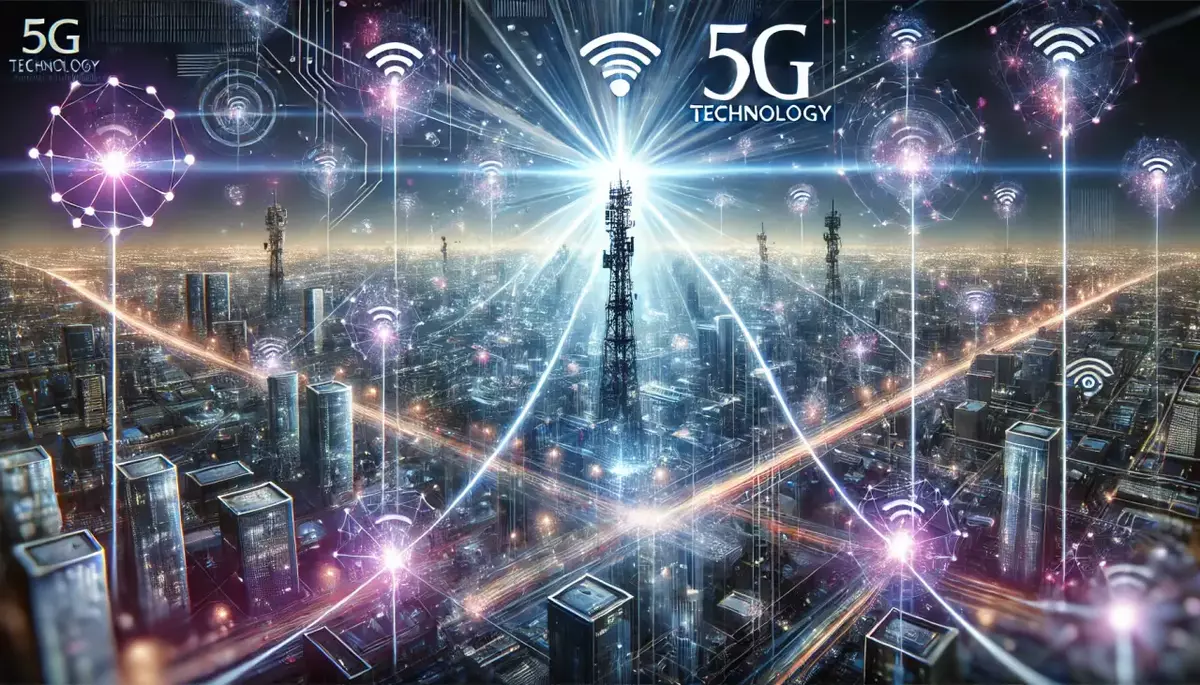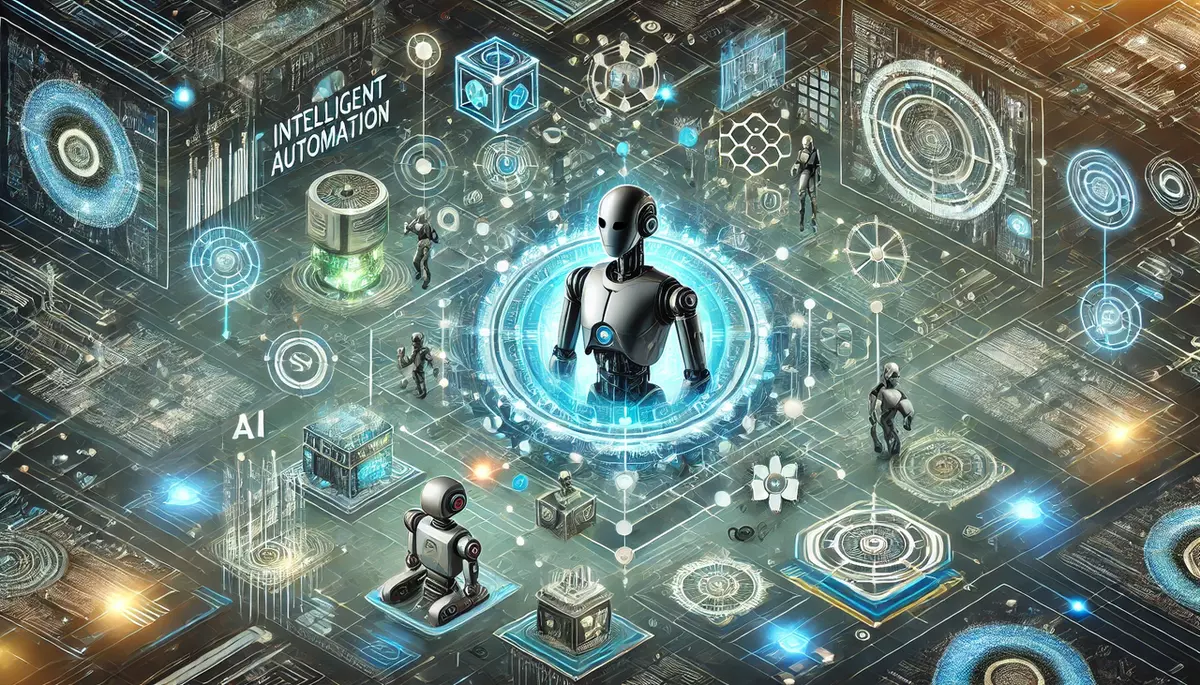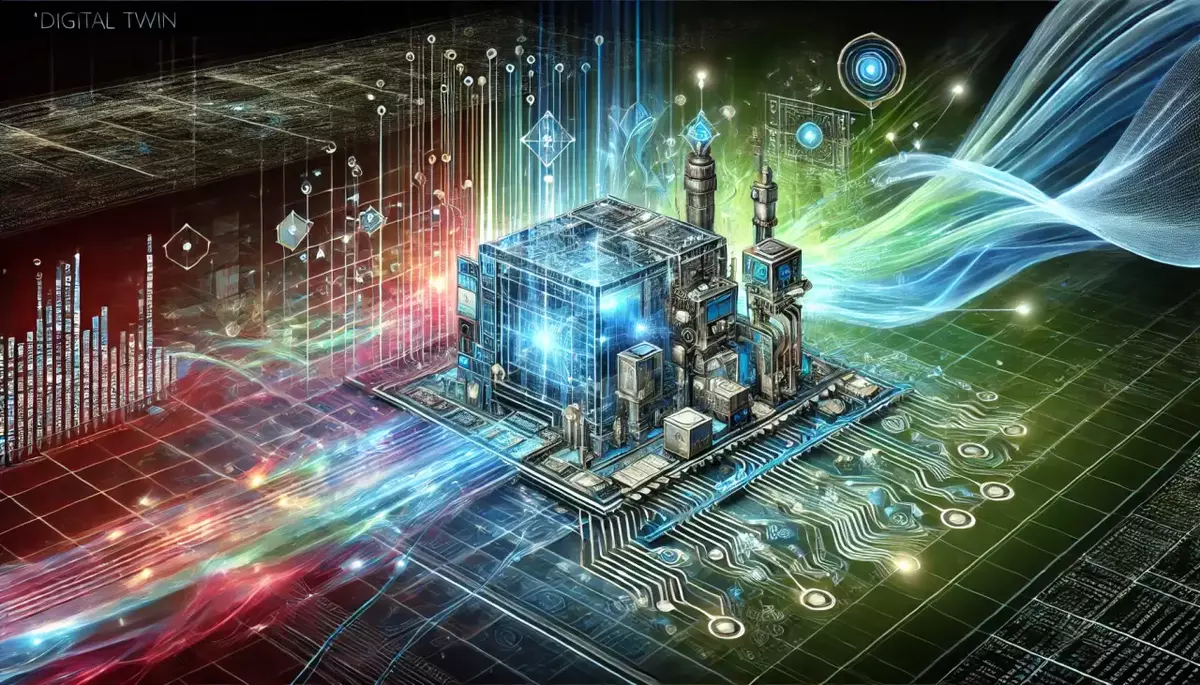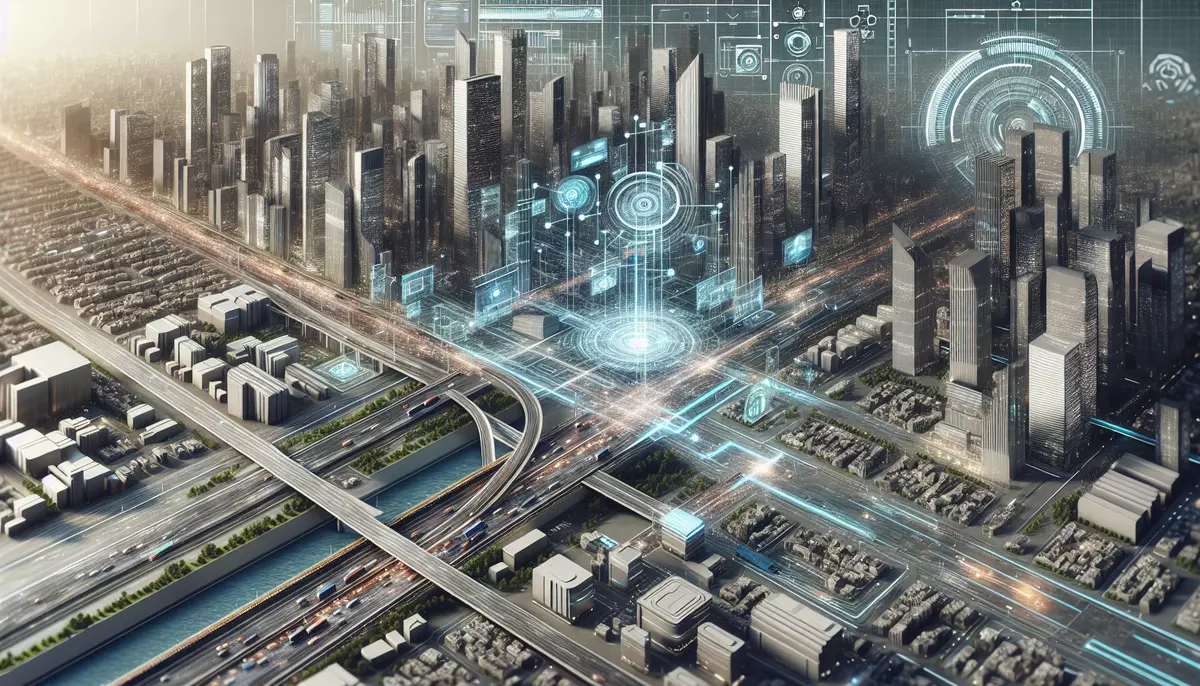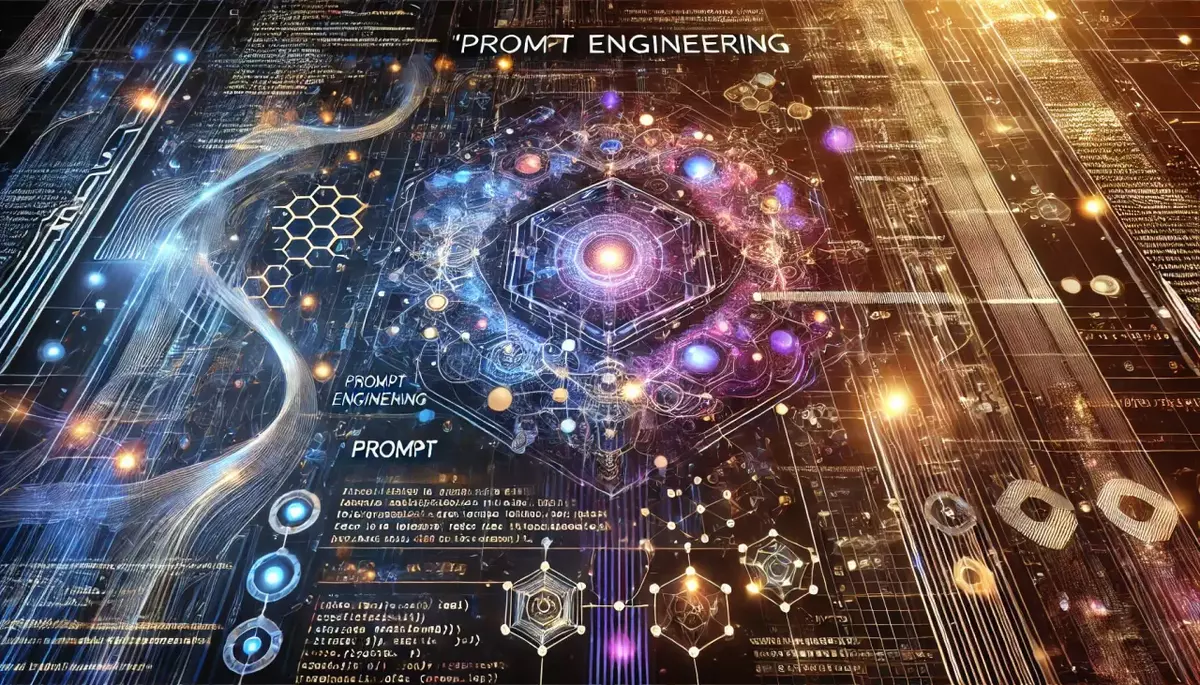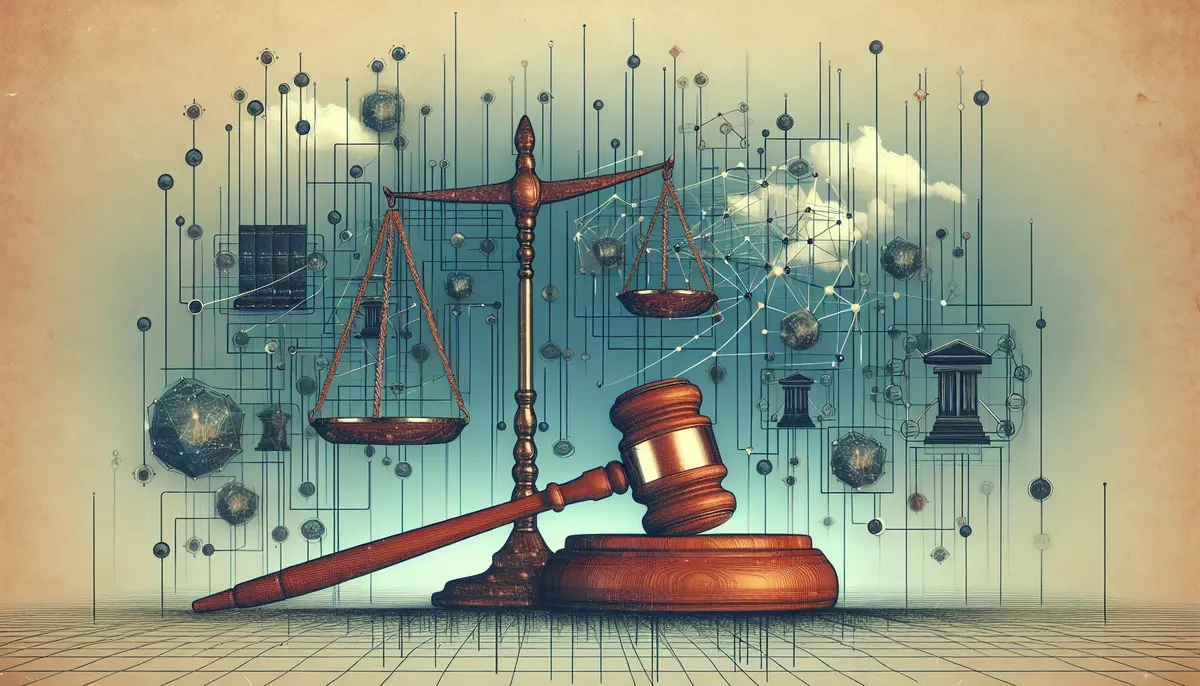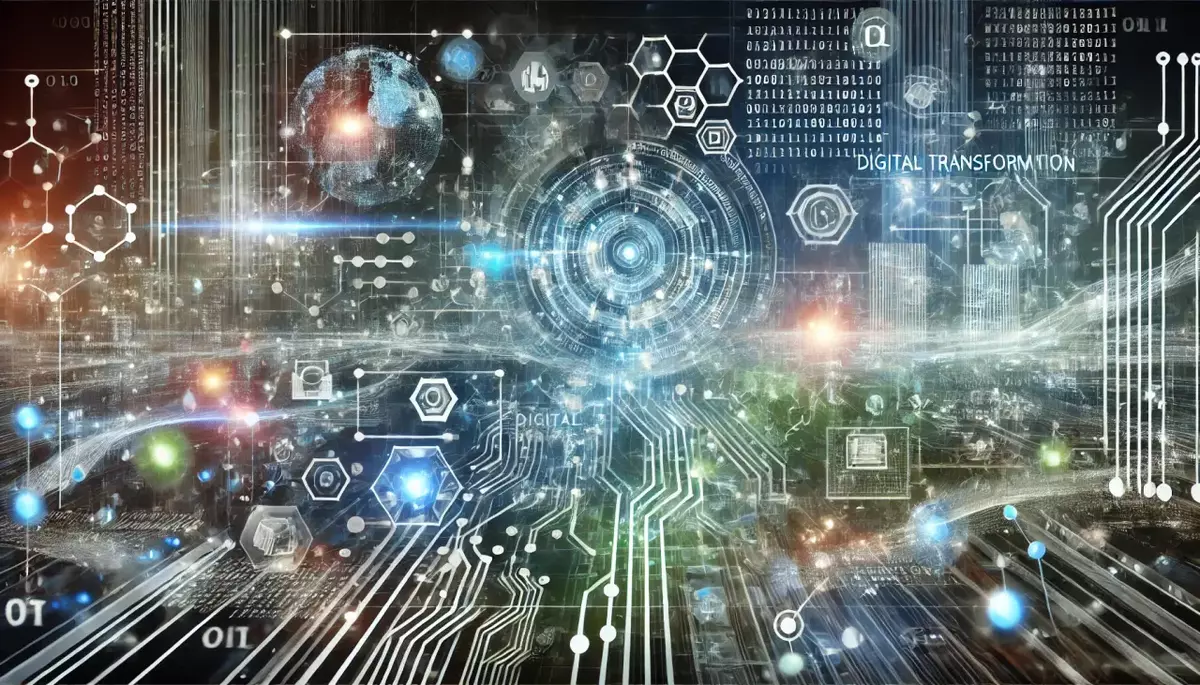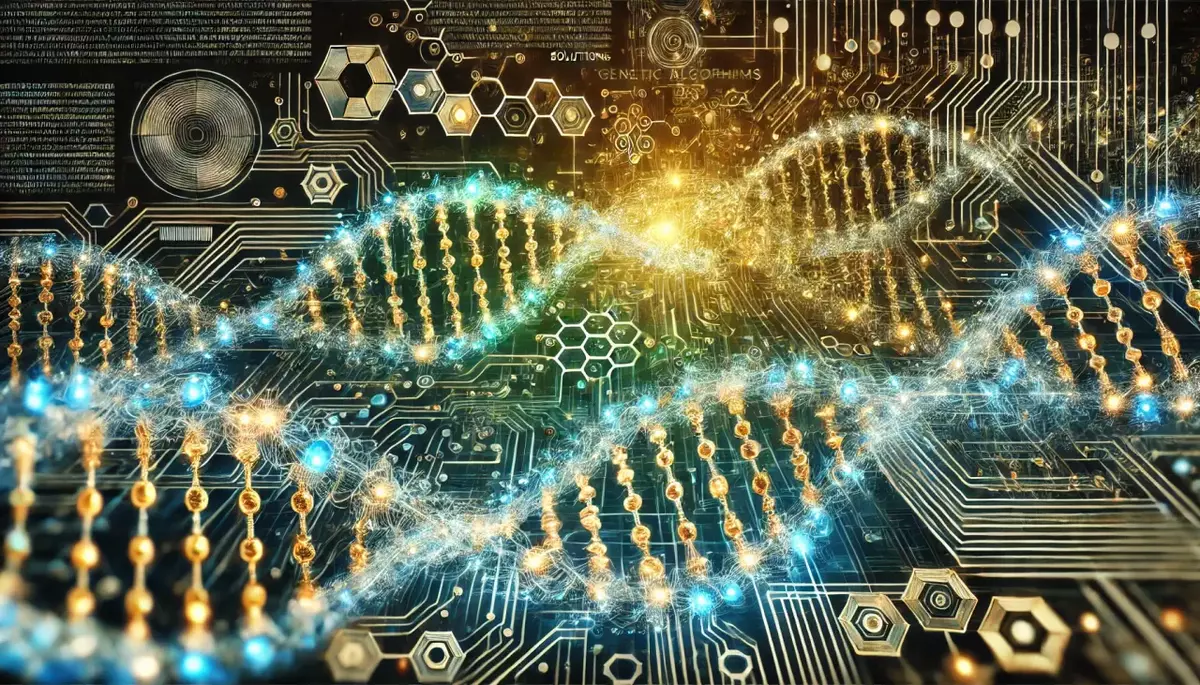Introduction
Industrial Internet of Things (IIoT) refers to the application of IoT technologies in industrial and manufacturing settings. IIoT enables the integration of smart sensors, devices, and systems to optimize industrial processes, improve efficiency, and enhance productivity across various sectors.
What is Industrial IoT (IIoT)?
Industrial IoT is the use of connected devices, advanced analytics, and automation to enhance industrial operations. It involves the integration of sensors, machines, and systems to collect, analyze, and exchange data, enabling real-time monitoring, predictive maintenance, and data-driven decision-making.
Key Characteristics of IIoT:
- Connectivity: IIoT systems connect industrial equipment, sensors, and systems through various communication protocols and networks.
- Data Collection and Analytics: IIoT enables the collection of vast amounts of data from connected devices, which can be analyzed to gain insights and optimize operations.
- Automation and Control: IIoT systems can automate various industrial processes, such as production, maintenance, and supply chain management.
- Improved Efficiency and Productivity: By leveraging data and automation, IIoT can enhance operational efficiency, reduce downtime, and increase productivity.
IIoT Applications and Use Cases
IIoT has a wide range of applications across various industrial sectors, including:
Manufacturing
- Predictive Maintenance: Sensors monitor equipment performance, enabling predictive maintenance to prevent breakdowns and optimize asset utilization.
- Quality Control: Real-time data analysis and automated inspection can improve product quality and reduce defects.
- Supply Chain Optimization: IIoT can enhance supply chain visibility, inventory management, and logistics optimization.
Energy and Utilities
- Smart Grid: IIoT enables the integration of renewable energy sources, real-time monitoring, and automated grid management.
- Asset Optimization: Sensors and analytics can optimize the performance and maintenance of power generation, transmission, and distribution assets.
Transportation
- Fleet Management: IIoT can track vehicle location, monitor performance, and optimize routing and scheduling for transportation fleets.
- Predictive Maintenance: Sensors on vehicles and infrastructure can predict maintenance needs, reducing downtime and improving reliability.
Healthcare
- Remote Patient Monitoring: IIoT devices can collect and transmit patient data, enabling remote monitoring and early intervention.
- Asset Tracking: IIoT can track the location and status of medical equipment, improving utilization and reducing losses.
IIoT Architecture and Technologies
The IIoT architecture typically consists of the following key components:
Edge Devices
Edge devices, such as sensors, actuators, and industrial equipment, collect and transmit data from the physical world to the IIoT system.
Communication Protocols
IIoT systems use various communication protocols, including Ethernet, Wi-Fi, Bluetooth, and industrial protocols like Modbus, Profinet, and OPC UA, to enable data exchange between devices and the cloud.
Cloud and Analytics
The collected data is sent to the cloud, where advanced analytics, machine learning, and artificial intelligence algorithms are applied to generate insights and enable data-driven decision-making.
Visualization and Reporting
IIoT platforms provide dashboards, visualizations, and reporting tools to help users interpret the data and make informed decisions.
Challenges and Considerations in IIoT
While IIoT offers significant benefits, there are also challenges and considerations to address, including:
Security and Privacy
Securing IIoT systems and protecting sensitive data is crucial, as they are vulnerable to cyber threats and data breaches.
Interoperability
Ensuring seamless integration and communication between diverse IIoT devices, systems, and legacy equipment can be a significant challenge.
Data Management
The vast amount of data generated by IIoT systems requires effective data management, storage, and processing capabilities to derive meaningful insights.
Skill Gaps
Implementing and maintaining IIoT systems often requires specialized skills in areas such as data analytics, automation, and industrial control systems.
Future Trends in Industrial IoT
The IIoT landscape is continuously evolving, and some emerging trends include:
Edge Computing
The increasing adoption of edge computing, where data processing and analysis occur closer to the source, can enhance real-time decision-making and reduce latency.
Artificial Intelligence and Machine Learning
Advancements in AI and ML algorithms are enabling more sophisticated data analysis, predictive maintenance, and autonomous decision-making in IIoT systems.
Digital Twins
The use of digital twins, virtual representations of physical assets, can help simulate, optimize, and predict the behavior of industrial systems.
5G and Cellular Connectivity
The rollout of 5G and other cellular technologies is expected to enhance the connectivity, speed, and reliability of IIoT systems, enabling new applications and use cases.
Conclusion
Industrial IoT is transforming the way industries operate, enabling increased efficiency, productivity, and competitiveness. By leveraging the power of connected devices, data analytics, and automation, IIoT is driving innovation and unlocking new opportunities across various industrial sectors. As the IIoT landscape continues to evolve, organizations must address the challenges and embrace the emerging trends to fully harness the benefits of this transformative technology.
This knowledge base article is provided by Fabled Sky Research, a company dedicated to exploring and disseminating information on cutting-edge technologies. For more information, please visit our website at https://fabledsky.com/.
References
- Gilchrist, Alasdair (2016). Industry 4.0: The Industrial Internet of Things. Apress.
- Bahga, Arshdeep, and Madisetti, Vijay K. (2015). Industrial Internet of Things: Cybermanufacturing Systems. VPT.
- Boyes, Hugh, et al. (2018). “The Industrial Internet of Things (IIoT): An Analysis Framework.” Computers in Industry, vol. 101, pp. 1–12.
- Rüßmann, Michael, et al. (2015). “Industry 4.0: The Future of Productivity and Growth in Manufacturing Industries.” Boston Consulting Group, vol. 9, no. 1, pp. 54–89.
- Xu, Li Da, et al. (2014). “Internet of Things in Industries: A Survey.” IEEE Transactions on Industrial Informatics, vol. 10, no. 4, pp. 2233–2243.

